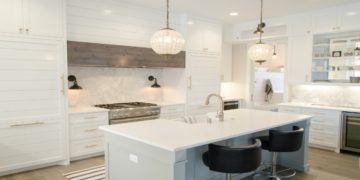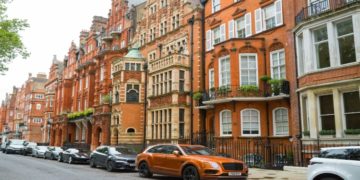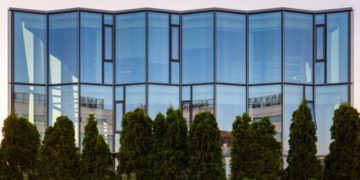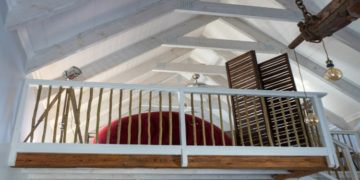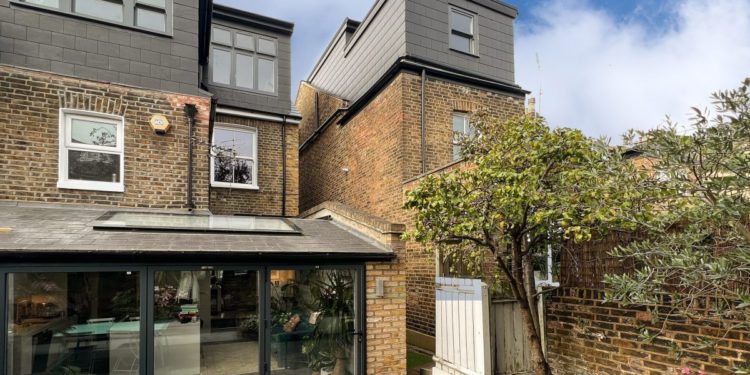In a city as dynamic and densely populated as London, space is a premium commodity. For homeowners looking to expand their living areas without the hassle of moving, loft conversions have become an increasingly popular solution. These projects not only unlock the potential of underutilised attic spaces but also significantly enhance property value. Here’s a comprehensive look at why loft conversions are a smart investment for Londoners and how they can transform your home.
Why Choose a Loft Conversion?
Loft conversions are an excellent way to make the most of your existing property. They offer several advantages:
- Maximising Space: Most homes have unused attic spaces that can be converted into functional rooms such as bedrooms, offices, or even luxurious bathrooms. This is especially valuable in London, where every square metre counts.
- Boosting Property Value: A well-executed loft conversion can increase your home’s market value by up to 20%. Adding features like an ensuite bathroom can raise this figure even further, making it a lucrative investment.
- Avoiding Relocation Costs: Moving to a larger home in London can be prohibitively expensive. A loft conversion allows homeowners to expand their living space without incurring the costs and stress associated with relocating.
Popular Loft Conversion Styles in London
Several types of loft conversions cater to different needs and property styles. Here are some of the most common options:
- Double Dormer Loft Conversions: These are among the most popular choices in London due to their simplicity and cost-effectiveness. Dormers extend vertically from the roof, creating additional headroom and usable floor space. They are ideal for adding bedrooms or home offices.
- Mansard Loft Conversions: Often seen in period properties, mansard conversions involve altering the roof structure to create almost vertical walls and a flat roof. While more complex and costly, they provide substantial extra space and blend seamlessly with existing architecture.
- Hip-to-Gable Conversions: Perfect for semi-detached or detached homes with sloping roofs, this type of conversion replaces one sloping side with a vertical wall, increasing internal space significantly.
- Roof Light Conversions: The most cost-effective option, roof light conversions involve adding skylights to an existing loft without altering the roof structure. This is ideal for smaller budgets or when minimal disruption is preferred.
- Modular Loft Conversions: These pre-fabricated structures are assembled off-site and craned into place, offering a quick and efficient solution for homeowners looking to minimise on-site labour.
Emerging Trends in Loft Conversions
As we move into 2025, several trends are shaping how Londoners approach loft conversions:
- Multi-Functional Spaces: With remote work becoming a permanent fixture for many professionals, lofts are increasingly being designed as hybrid spaces that serve as offices during the day and guest rooms at night.
- Sustainable Design: Eco-conscious homeowners are incorporating green roofs, energy-efficient insulation, and reclaimed materials into their loft conversions to reduce environmental impact while enhancing aesthetic appeal.
- Smart Home Integration: From automated lighting to climate control systems, technology is playing a central role for modern loft designers. These features not only improve convenience but also add long-term value to properties.
Planning Considerations
Before embarking on a loft conversion project in London, there are several factors to consider:
- Building Regulations: All loft conversions must comply with UK building regulations to ensure safety and structural integrity. This includes requirements for fire safety, insulation, and stair design.
- Planning Permission: While many loft conversions fall under permitted development rights, certain projects—such as those involving significant structural changes—may require planning permission. This is particularly relevant for properties in conservation areas or listed buildings.
- Budgeting: Costs for loft conversions vary widely depending on the type and complexity of the project. Basic roof light conversions may start at £20,000–£30,000, while more elaborate mansard designs can exceed £60,000.
Design Inspiration
The possibilities for transforming your loft are virtually endless:
- Create an elegant master suite complete with an ensuite bathroom and walk-in wardrobe.
- Design a bright and airy home office with skylights and built-in storage.
- Convert the space into a cosy family room or entertainment area.
- Add a guest bedroom with a private balcony overlooking London’s skyline.
The Long-Term Benefits
Investing in a loft conversion offers both immediate and long-term rewards:
- Enhanced Lifestyle: Whether it’s additional living space or improved functionality, a loft conversion can make your home more comfortable and enjoyable.
- Financial Gains: Beyond increasing resale value, converted spaces can generate rental income if leased out as self-contained units or guest rooms.
- Future-Proofing: By creating adaptable spaces that can evolve with your needs—such as accommodating growing families or remote work—you ensure your home remains practical for years to come.
Conclusion
London loft conversions offer an unparalleled opportunity to maximise both space and value in urban homes. From simple roof light designs to luxurious mansard transformations, these projects cater to diverse needs while enhancing property appeal. Whether you’re looking to create a serene retreat or boost your home’s market value, investing in a loft conversion is a decision that pays dividends in functionality, aesthetics, and financial return.





































